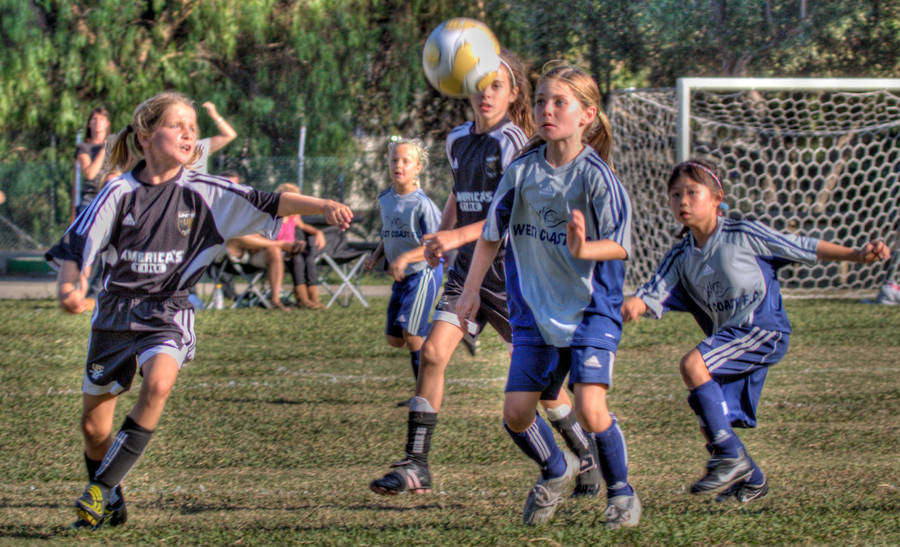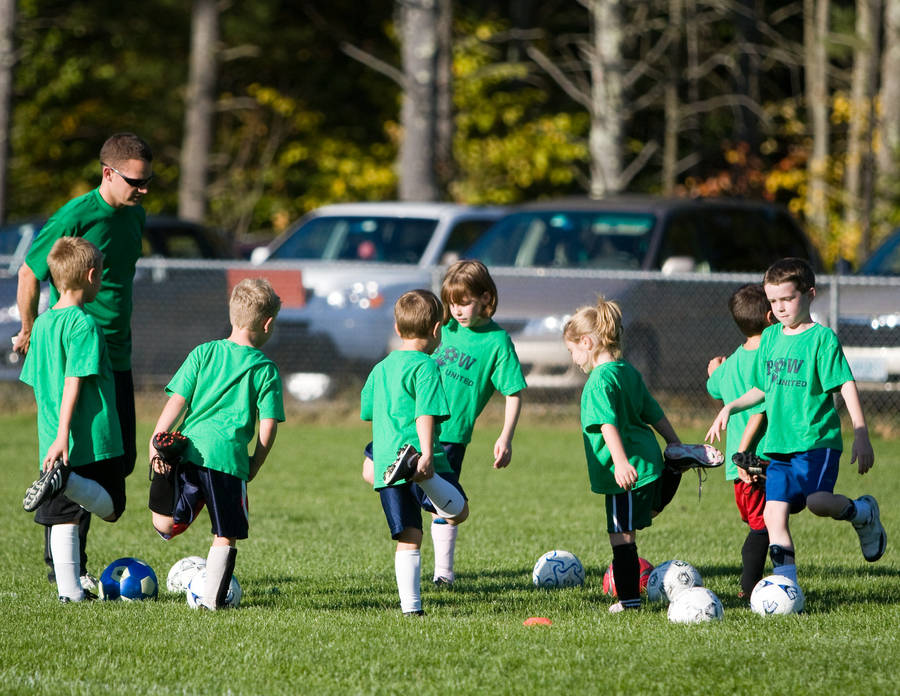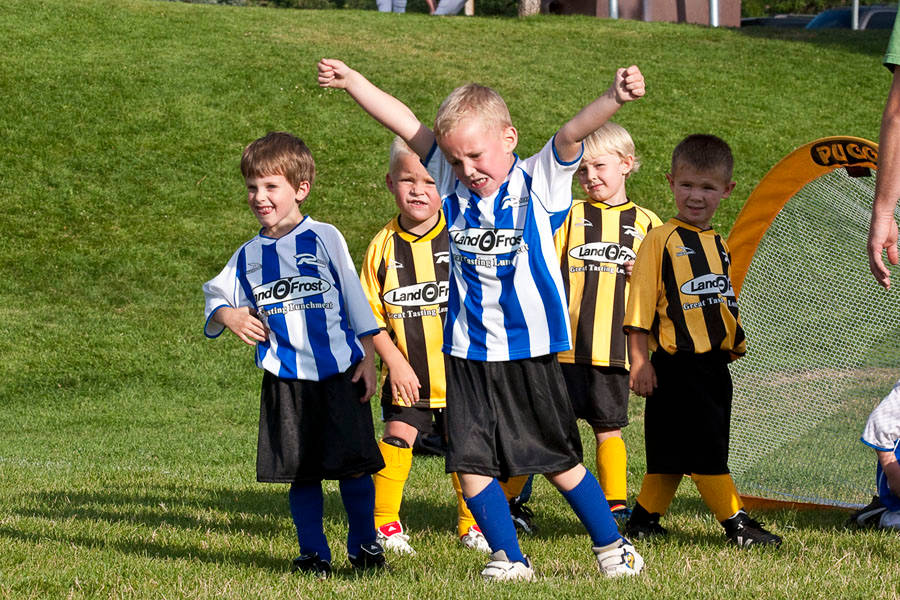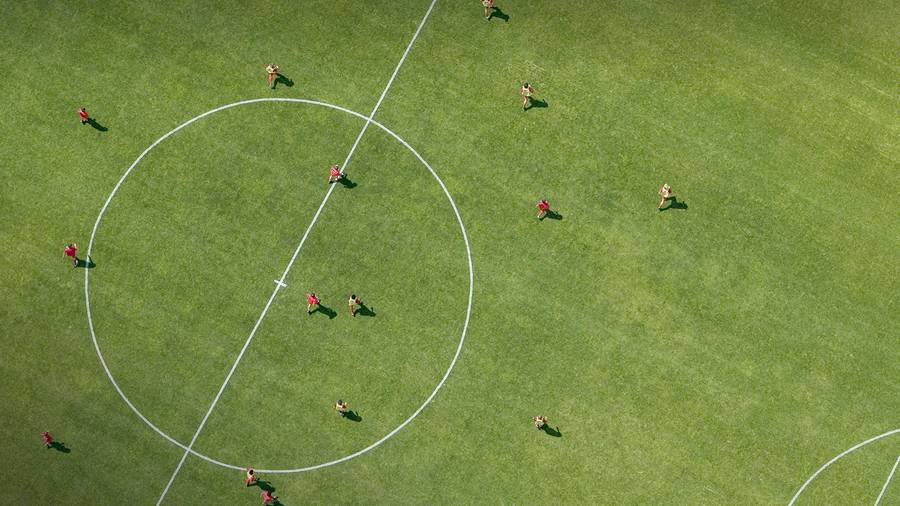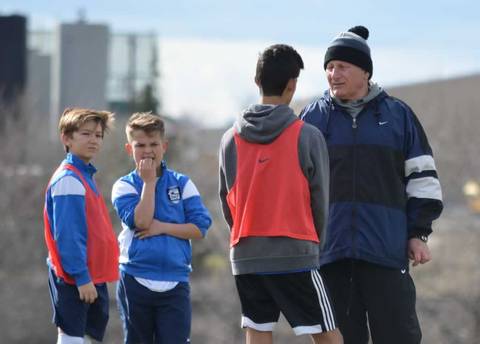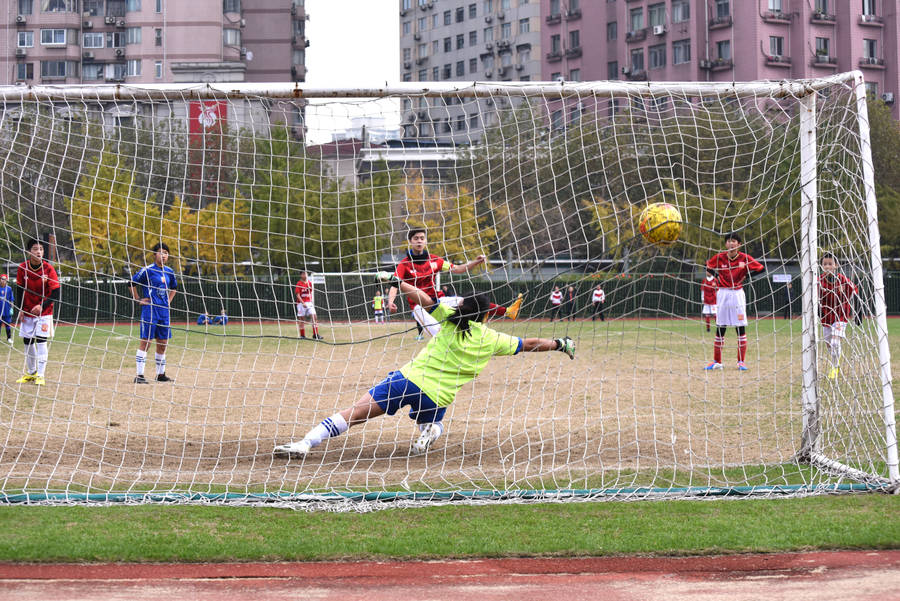
If there is one topic that can really fire me up in junior grassroots football it is that of sharing playing time amongst the squad. Few things rile me as much as stories of young players left frozen on the touchline in their accepted role of substitute with next to no opportunity to play and develop.
The fact that this still persists in the modern era and every weekend I see the same children playing the full match whilst others are left waiting anxiously on the sidelines, hoping that the scoreline shifts significantly, usually to a comfortable winning margin or a losing score to write the game off, to give them the chance to play.
Some say that the temptation to prioritise winning by fielding only the strongest players is understandable. After all, football is inherently competitive, and there's undeniable satisfaction in seeing a team execute tactics effectively and secure victory. Coaches face pressure from all directions, from clubs wanting positive results, from parents expecting their child to be developing in the best team and sometimes from their own competitive instincts. Yet we know this approach, particularly in the formative years, whilst achieving short term success comes at the expense of long term development and participation.
By age 14, nearly 35% of children who began playing organised football have abandoned the sport entirely and when this statistic was investigated the primary reason was limited playing opportunities which ranked higher than pressure to perform and even competing interests from other activities. This statistic should give every grassroots coach pause for thought. If our primary mission is developing footballers and their love of the game, a system that drives away one third of its participants before they reach their teenage years requires serious examination.
An influential research on what makes sport enjoyable for children found that ‘playing in games’ ranked consistently among the top three factors across all age groups surveyed. By contrast, ‘winning’ ranked only 8th out of 81 determinants of enjoyment. Children as young as seven can identify their perceived status within a team based on playing minutes, and those who consistently receive limited match time typically report lower self esteem, reduced enjoyment, and diminished confidence which are precisely the psychological factors that predict continued participation.
Richard Bailey a researcher at the International Council of Sport Science and Physical Education, says that "When a child spends most match days watching from the sideline, they're not in a neutral state of development, they are actively disengaging." He explains, "They're learning that they're not good enough, that improvement doesn't merit opportunity, and often that football itself might not be 'for them.' These are powerful, sometimes permanent lessons that contradict everything we claim to value in grassroots sport.” The developmental windows for fundamental movement skills, spatial awareness and game intelligence occur primarily during childhood and early adolescence. These attributes develop through varied, frequent gameplay rather than structured drills in training. A child who plays 20 minutes weekly instead of 60 isn't developing at one third of the rate because the deficit compounds as limited match experience leads to fewer touches in training, less confident decision making and reduced opportunity to apply skills under genuine pressure. The result is a widening gap that becomes increasingly difficult to bridge, not because of talent differences, but because of disparate opportunities to practise and apply skills in a meaningful context.
Perhaps most surprising is what elite player development pathways tell us about early selection and playing time. The FA's own research through the England DNA project has documented that many
successful professionals were not identified as exceptional talents in their early years. A comprehensive study by the Premier League's Elite Player Performance Plan examined the developmental histories of players who progressed to professional contracts, finding that these athletes had typically experienced broad, inclusive coaching environments during their foundation phase (ages 5-11).
I spoke to a former Academy Manager at a professional Club in League One who told me that the idea we can accurately identify future professionals at age nine or ten is simply false. I've seen countless late developers who were initially struggled but become exceptional players because they received consistent opportunities to play and develop at their own pace. The boy who struggles with growth issues at eleven might become your most intelligent midfielder at sixteen, but only if he's still playing the game.
As ever, we’re still miles behind in this country compared to some others. In Belgium, whose national team benefitted following a revolutionary youth development overhaul, equal playing time is mandated in all matches up to U14 level. The Technical Director attributes much of their success to this approach and by ensuring all young players receive substantial game time, they develop a much broader base of technically competent players. This creates healthy internal competition and raises standards naturally, rather than through early exclusion." The Netherlands employs a similar philosophy. Dennis Bergkamp, reflecting on Dutch youth football, noted: "Everyone plays. It's not about building a team to win on Saturday, it's about developing every player. Sometimes your technically weakest player becomes your strongest because they've had the same opportunities to improve as everyone else." Parents' perspectives on playing time reveal complex attitudes. A survey conducted across grassroots clubs found that 85% of parents agreed in principle that equal playing time was "important" for children's development. Yet many of these same respondents admitted they would be concerned if their own child's team adopted such a policy in competitive fixtures. This disconnect highlights how cultural pressures around winning can distort priorities, even among those who recognise the developmental benefits of inclusion.
The practical implementation of equal playing time doesn’t need to be inflexible. Thoughtful approaches include rotation systems where starting line ups change regularly and / or quarters systems that divide matches into segments with different personnel. With modern technology it’s relatively simple to track cumulative minutes across a season rather than individual matches, allowing tactical flexibility while ensuring that by seasons end, playing time doesn’t need to vary by more than 10% between squad members.
Coaches implementing equal playing time often report benefits beyond player development.
Reduced sideline pressure from parents, improved team cohesion, better attendance and engagement at training, all feature among the advantages.
The most compelling case for equal playing time comes from answering what the purposes of grassroots football is in itself. If youth sport existed only to identify and develop elite talent, then selective playing time might be justified. This is what the Academy system is for though and grassroots football is something different. The purpose of the grassroots game encompasses much broader objectives such as physical health, character development, social skills, community building and lifelong activity habits and in this case inclusive participation becomes not just preferable but essential.
As grassroots football continues to evolve and hopefully improve with more small sided formats at young ages, development focused coach education and emphasis on enjoyment becoming standard, then equal playing time represents perhaps the most significant yet underappreciated reform available to our clubs. It requires no additional resources or complex implementation, simply a commitment to valuing development over selection at ages where exclusion serves little purpose.
Equal playing time isn't merely idealistic or a ‘Participation Trophy’, it represents evidence based, developmentally appropriate practice that serves the interests of all stakeholders in youth football.
The true measure of successful junior football isn't found in league tables, that’s one of the reasons they’re no longer published, but in the number of players who continue to play, develop and love the game throughout their lives.

